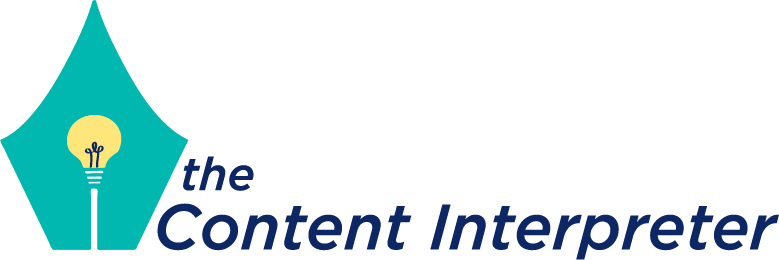It’s hard to believe that the first quarter of 2020 is drawing to a close. Time moves quickly, so, professionally and personally, we owe it to ourselves to examine how we are connecting with our colleagues, clients, family and friends.
I wish I could say that it was my plan all along, but it wasn’t. It’s true that I had been exploring new ways of marketing myself and the business in the final quarter of last year. It’s also true that I had wanted to do something with video for a long time. But the way that it evolved was different than I had imagined.
And that turns out to be for the best. Truthfully, the early cuts of those videos… well, let’s just say that they will remain in the archives. They serve as a reminder to myself that, often times, the first version of your video, your speech, your presentation - whatever it is that you’re creating - is not the version that should be shared with the audience.
Why not?
1. You have evolved.
I am definitely not the same writer or businessperson I was when I started. I want to make sure that my clients understand my POV; what I want to accomplish is to understand their perspective and translate it into content that engages audiences.
As I produced the original versions of the video, I found myself reverting back to earlier forms of my value proposition. I wasn’t sharing everything that I had learned over the course of two-plus years - how I was able to intuit what clients really wanted to express, how valuable their instincts are and how much their stories matter. Something was holding me back from sharing just how far I had come as a writer and a consultant.
I can’t even say that I know exactly what it was. But I do know It’s helpful to talk to someone that is objective but also knows you well. Someone that knows you well enough to point out where you’re on track in your message but can also point out the areas of misalignment is invaluable.
2. You’re allowing someone else (or your own thoughts) to dictate how you should sound.
Of course, we should all know our audiences and tailor our messages, but it shouldn't infiltrate what is at the heart of what we want to say. We shouldn’t allow the opinions or needs of any one group to influence what we say or how we say it.
In my experience, sometime this “person” isn’t really a person at all. Many of my clients have seen a speaker they admire and believe that they should emulate his or her style. There’s nothing wrong with wanting to adopt certain aspects of those performances, but the audience wants to see you. They want to hear from you. Emulating someone else's style prevents them from accomplishing that.
3. You’re too focused on what you have to say.
This is so common among thought leaders and storytellers - myself included. You want to make sure that all of your points are illustrated as well as they possibly can be. And it might be killing your presentation or speech.
As I was shooting my latest videos, my public speaking coach, the great Sally Morgan, would often stop me to say that she saw my “wheels turning”. Shooting videos is incredibly hard work, with a lot of details to coordinate, and I was trying to maximize my investment by making sure that every point was covered and communicated well.
I work hard for my clients to make sure that they are connected to their content, but there is such a thing as being too connected. Audiences want to be taken on a journey, but they also want to feel like you’re joining them. If you’re constantly focused on making the next point, you won’t foster that sense of connectivity that makes speeches successful.
With all of that said, I am excited to share my renewal with all of you. The opportunities that surface when you embrace the process are limitless. Believe in your own power to guide the audience to new and meaningful insight.

